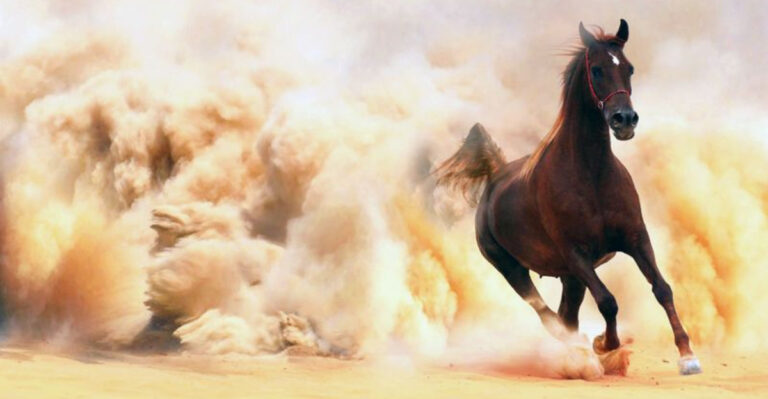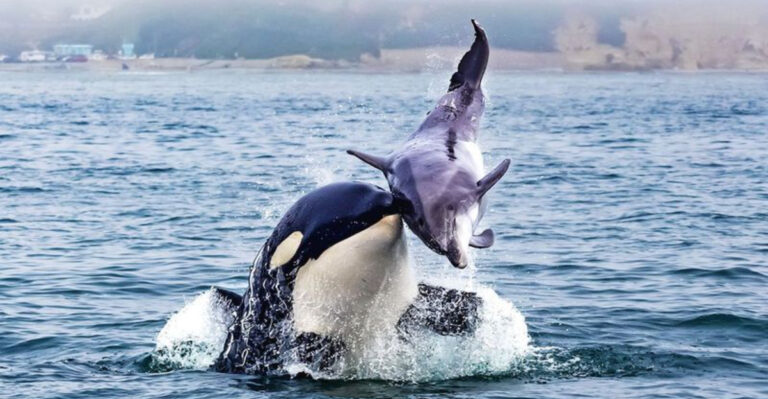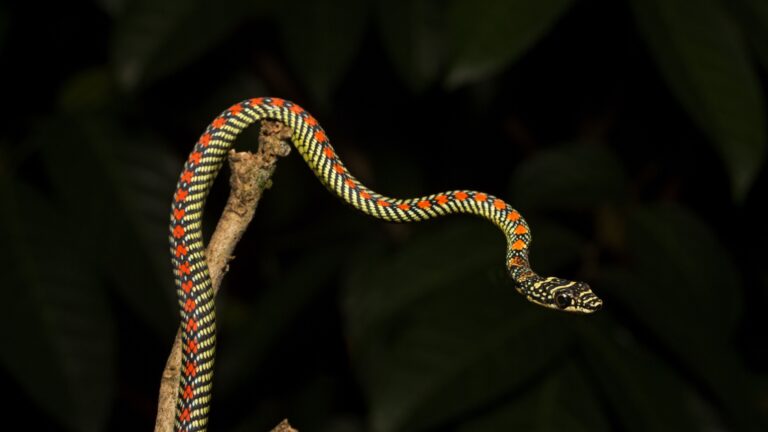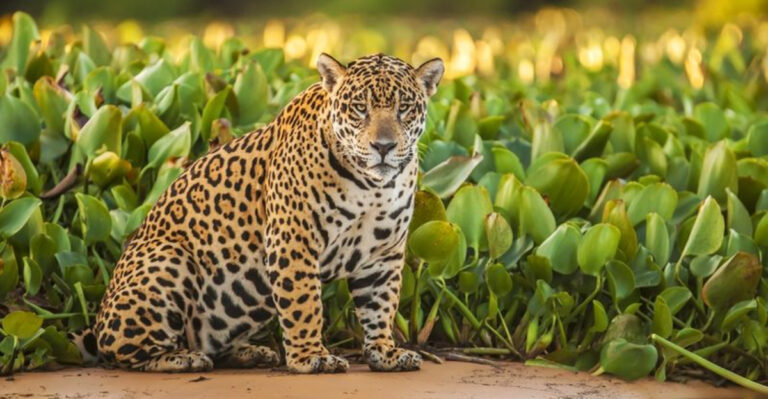Do Animals Experience Mental Illness? 13 Surprising Behaviors That Suggest They Do

The perplexing question of whether animals experience mental illness has intrigued scientists and pet owners alike. With more understanding of animal behavior, we uncover surprising behaviors that hint at psychological struggles in our furry and feathered companions.
As we explore these fascinating creatures’ lives, we see that mental health isn’t just a human concern. This list highlights peculiar behaviors in animals that suggest they might grapple with mental health issues, just like us.
1. Canine Compulsions
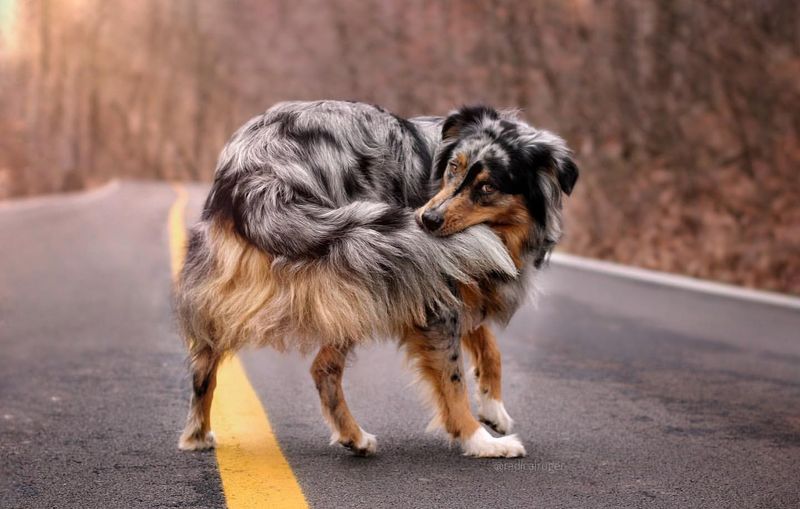
Few sights are as amusing as a dog chasing its tail, but sometimes this behavior signals more than playful antics. When a dog obsessively twirls in circles for hours, it might point to compulsive disorders. These behaviors can stem from boredom, anxiety, or even neurological imbalances.
Often, these compulsions mirror OCD in humans, where a pooch can’t resist the urge to repeat certain actions. Experts suggest that genetic factors could play a role in these tendencies, with some breeds more predisposed than others. Owners noticing such patterns should consider consulting a veterinarian or an animal behaviorist.
Managing these compulsions involves creating a stimulating environment for the dog, with plenty of exercises and engaging toys. Training sessions can also redirect their focus, offering positive reinforcement to break the cycle of compulsion. In extreme cases, medication might be necessary to help manage the dog’s anxiety levels effectively.
2. Parrot Plucking
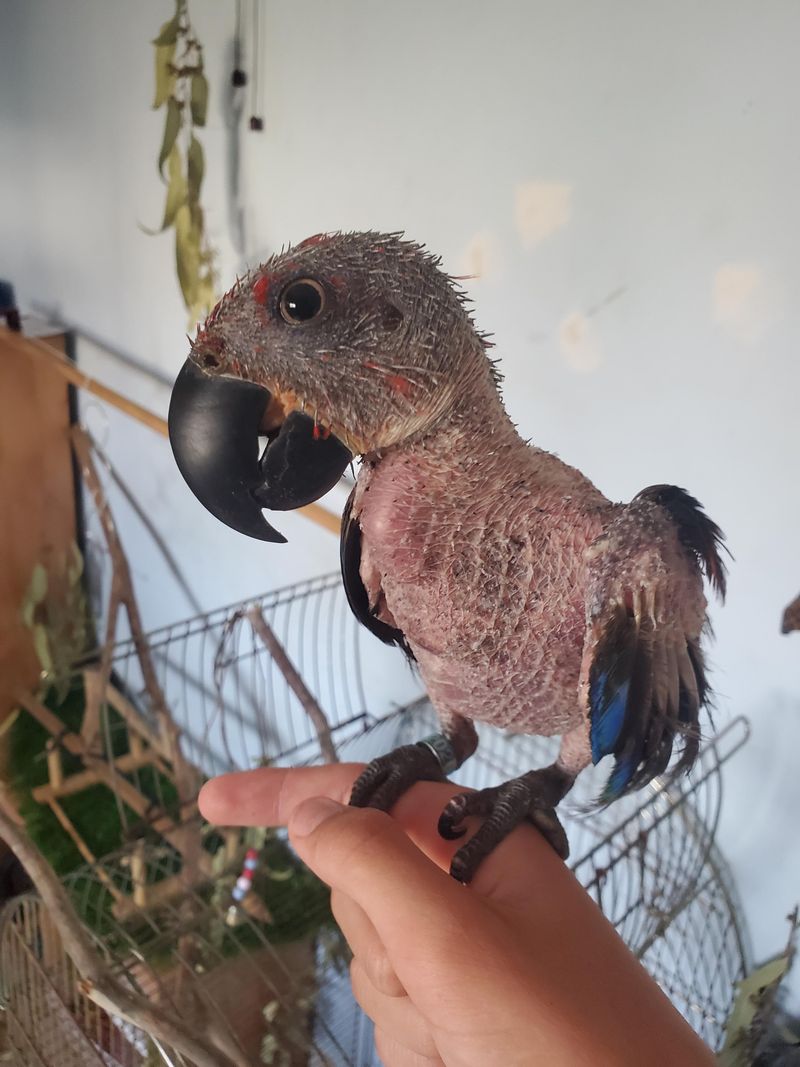
In the vibrant world of parrots, feather plucking is a troubling behavior that indicates stress or anxiety. These intelligent birds often resort to self-mutilation when faced with environmental changes or lack of mental stimulation. Feather plucking can lead to permanent damage and indicates that the parrot is in distress.
Understanding the root cause is crucial. It might be a new addition to the household, a change in routine, or insufficient social interaction. Parrots are social creatures that thrive on interaction, and owners must ensure they receive ample mental and physical engagement.
To alleviate this behavior, enriching the parrot’s environment with toys and puzzles is essential. Regular social interaction and consistency in their daily routine can also reduce anxiety levels. In some cases, consulting with an avian vet who specializes in behavioral issues might be necessary to help the parrot regain its fluffy plumage.
3. Elephant Swaying
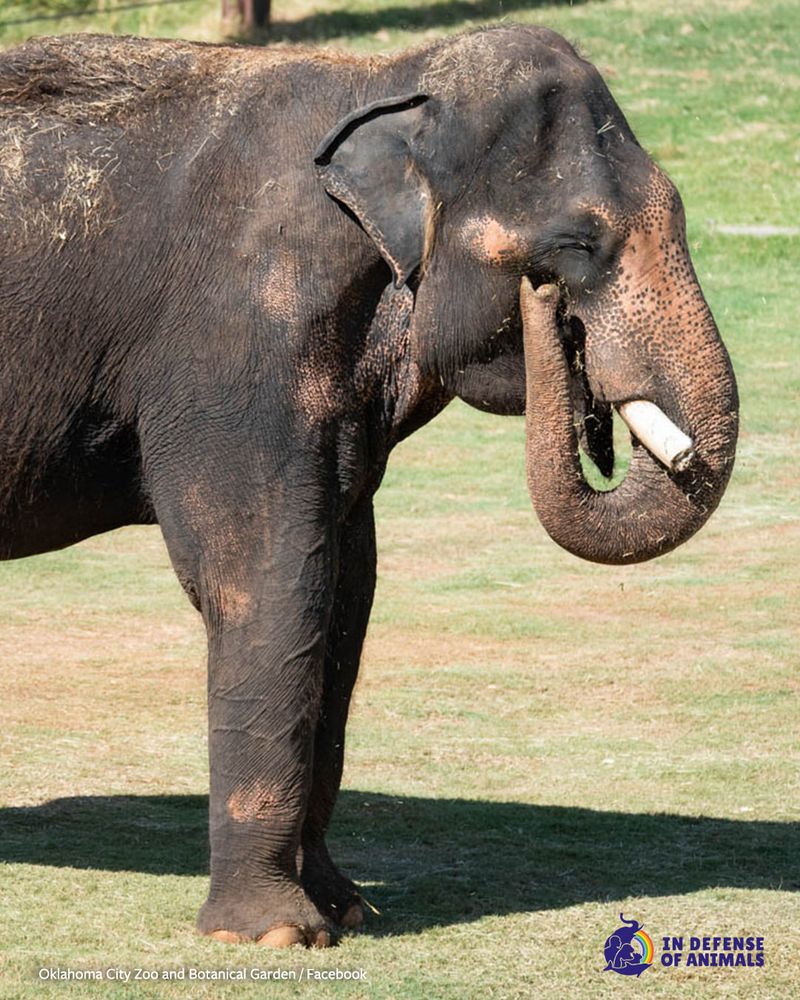
The majestic elephant, often considered the gentle giant of the animal kingdom, can display behaviors that seem puzzling and concerning. Swaying, a rhythmic back-and-forth motion, is one such behavior observed primarily in captivity. This repetitive motion can indicate stress and boredom.
In the wild, elephants roam vast territories, constantly interacting with their environment. Captivity restricts this natural behavior, leading to psychological distress manifesting as swaying. This behavior bears similarities to stereotypic behaviors seen in other animals under stress.
Improving the quality of life for captive elephants involves enriching their environment with opportunities for physical and mental stimulation. Providing more space, social interactions with other elephants, and varied activities can help reduce swaying. Zoos and sanctuaries strive to replicate natural habitats, but ongoing efforts are needed to address the mental well-being of these magnificent creatures.
4. Cat Over-Grooming
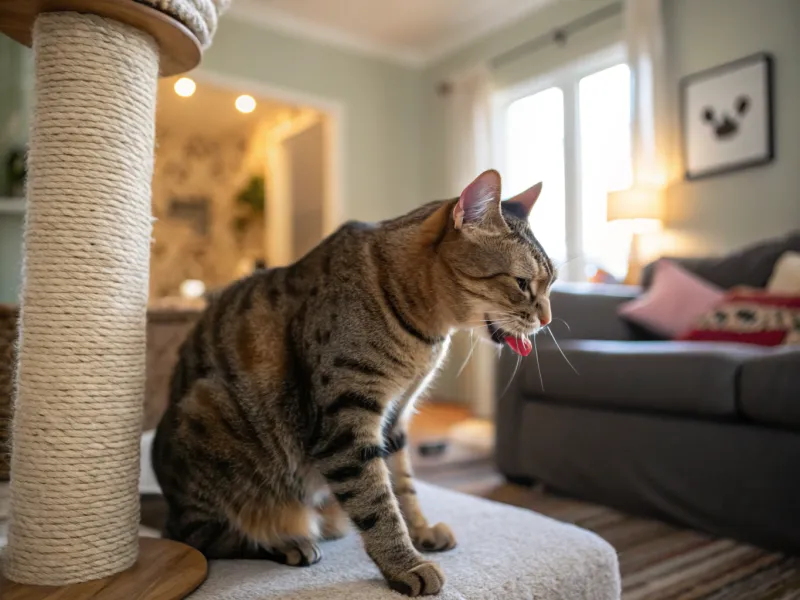
Cats are known for their grooming habits, but when the grooming becomes excessive, it’s a sign that something might be amiss. Over-grooming in cats can lead to bald patches and skin irritation, often resulting from stress, anxiety, or allergies.
This compulsive behavior can be triggered by changes in the household, such as moving to a new home or introducing a new pet. Identifying the underlying cause is crucial to addressing this issue. Owners should observe their cat’s environment and interactions to pinpoint stressors.
Alleviating this compulsive grooming involves providing a stress-free environment, complete with safe spaces and interactive toys. In some cases, dietary adjustments or medical treatments may be necessary to tackle allergies. Patience and attention to the cat’s emotional needs play a significant role in helping them overcome this behavior.
5. Horse Weaving
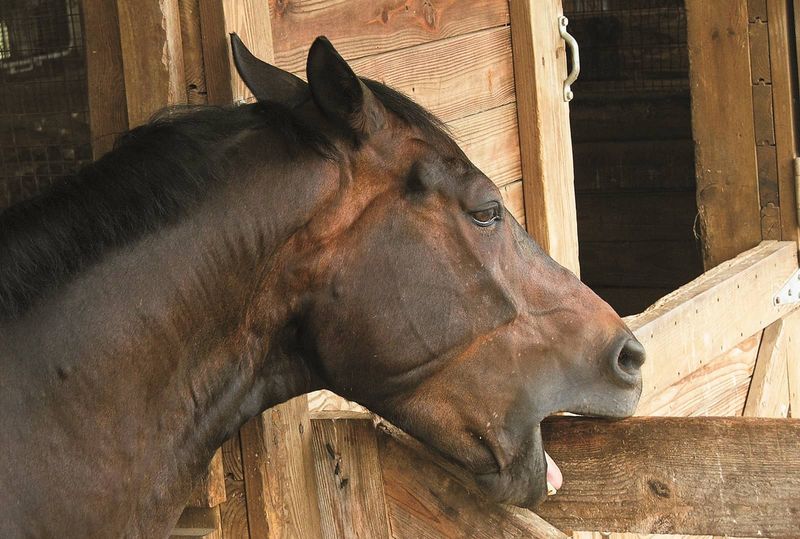
Horses, majestic and powerful, sometimes exhibit a behavior known as weaving, a repetitive side-to-side motion. This behavior is often observed in stabled horses and can be a sign of stress, boredom, or isolation.
Weaving can occur when horses are confined for long periods without social interaction or mental stimulation. It’s similar to pacing in lions or bears and is considered a stereotypic behavior. Attention to a horse’s mental and physical needs is essential to prevent such habits.
Providing ample turnout time, companionship with other horses, and enriching the stable environment with toys and varied stimuli can reduce weaving. Horse owners and caretakers should monitor their horses closely, ensuring they receive adequate exercise and social interaction to maintain both mental and physical health.
6. Hamster Barbering
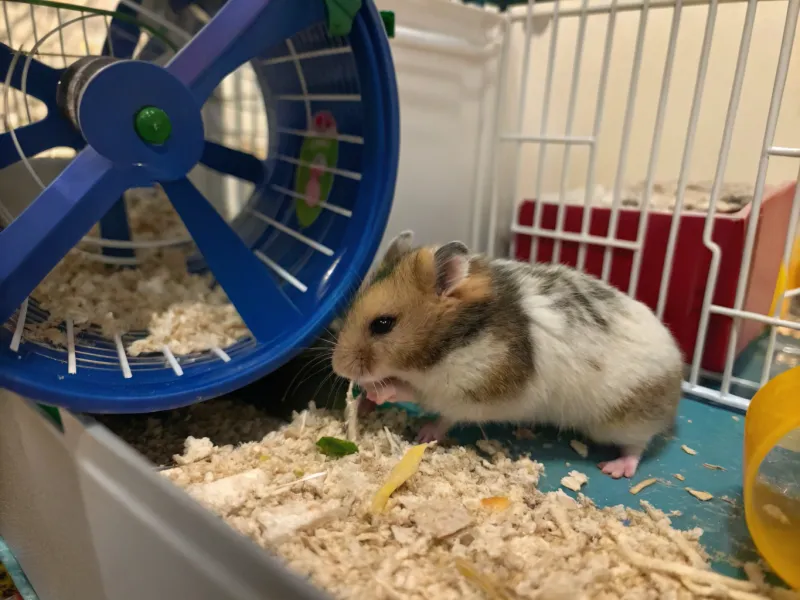
Hamsters, those tiny bundles of energy, can sometimes exhibit a behavior known as barbering, where they nibble away at their own fur or that of their cage mates. This behavior, often a result of stress or boredom, can lead to bald spots and skin issues.
Barbering is more common in overcrowded cages or when hamsters lack stimulating environments. It reflects their need for space and mental engagement. Identifying stressors in their environment is the first step to curbing this behavior.
Providing a larger cage, with tunnels, wheels, and toys, can help reduce barbering. Ensuring that hamsters have enough space and hiding spots allows them to express natural behaviors, reducing stress. Regular interaction and handling can also provide the mental stimulation they crave, helping prevent this quirky habit.
7. Fish Glass Surfing
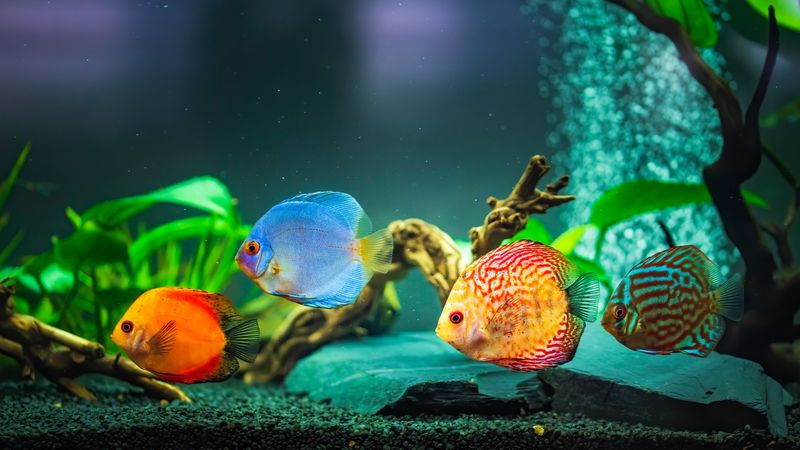
In the serene world of aquariums, fish glass surfing stands out as a peculiar behavior. This repetitive swimming pattern along the glass is often a sign of stress or discomfort in their aquatic environment.
Changes in water quality, temperature fluctuations, or overcrowding can trigger this agitated behavior. It’s crucial for fish enthusiasts to regularly monitor and maintain optimal tank conditions to ensure their finned friends’ well-being.
Addressing glass surfing involves checking water parameters and ensuring a balanced ecosystem within the tank. Providing hiding spots and varied decorations can create an enriching environment, allowing fish to explore and feel secure. By understanding and addressing the root causes, fish caretakers can help their aquatic companions swim happily and healthily.
8. Giraffe Tongue Twisting
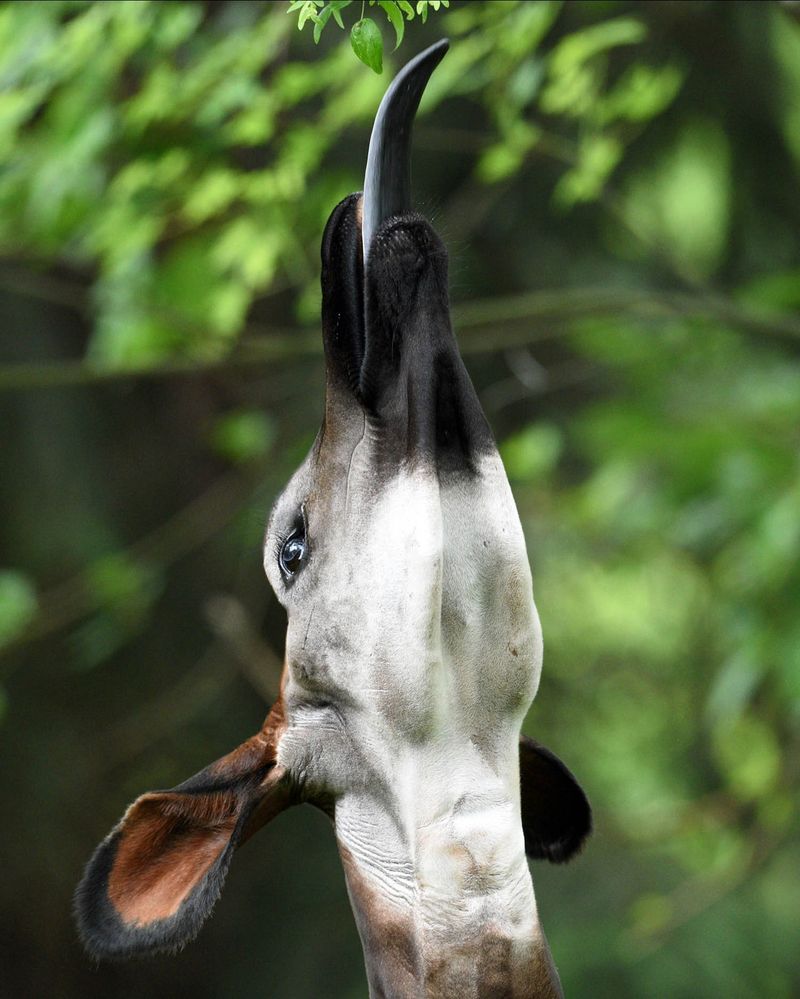
Giraffes, with their elegant necks and long tongues, can sometimes engage in tongue twisting, a behavior observed mostly in captivity. This odd habit is believed to be a result of boredom or lack of stimulation in their environment.
In the wild, giraffes spend much of their day foraging across vast landscapes. Captivity confines them to limited spaces, potentially leading to mental distress and unusual behaviors like tongue twisting. This behavior is similar to other repetitive actions seen in different species.
To reduce tongue twisting, providing an environment that mimics their natural habitat is key. Enclosures with ample browsing opportunities, environmental enrichment, and social interactions can help alleviate their boredom. Zoos and wildlife parks continually work to enhance the quality of life for their giraffes, ensuring these graceful giants thrive mentally and physically.
9. Dolphin Bubble Ring Obsession
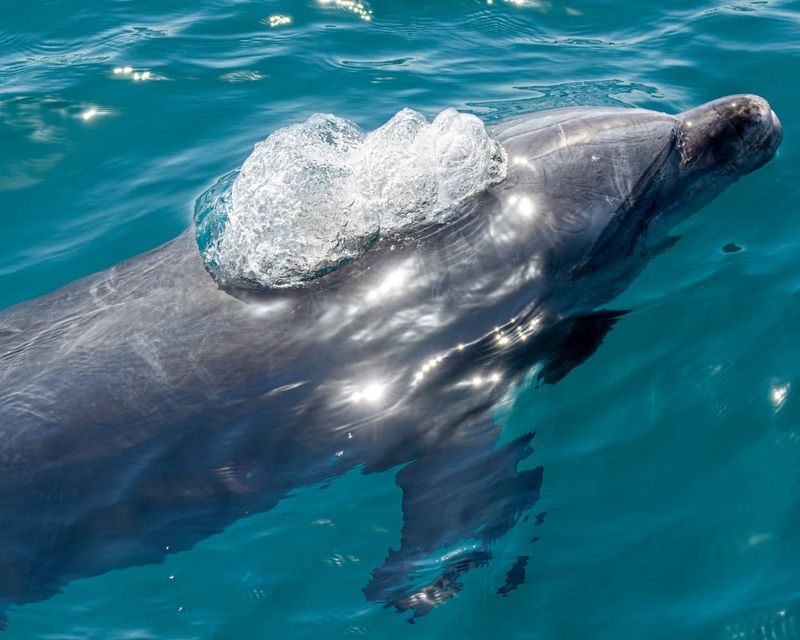
Dolphins are known for their intelligence and playful nature, but some develop an obsession with creating bubble rings. These aquatic creatures can spend hours fixated on making and watching these rings float upwards.
The behavior, while amusing, may indicate underlying stress or boredom. In captivity, where stimulation can be limited, dolphins might resort to this repetitious activity as a means to cope.
Observing a dolphin immersed in such a routine can be mesmerizing, yet it raises questions about their emotional well-being. Ensuring they have a diverse environment can help mitigate this behavior.
10. Cow Cloud Gazing
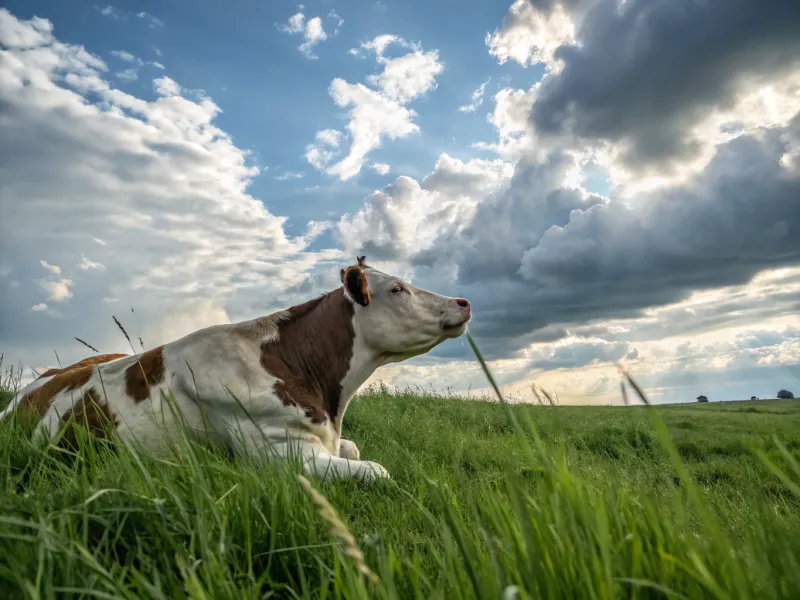
Cows are known for their calm demeanor, but some exhibit a peculiar behavior: cloud gazing. This involves lying down and staring at the sky for hours.
While it appears serene, experts suggest it may indicate boredom or even depression. In large herds, some cows isolate themselves to engage in this behavior, hinting at possible social anxiety. Interestingly, it’s more common in cows without much stimulation in their environment.
Providing toys or companionship might alleviate their solitude, leading to a more enriched and active life. This behavior raises questions about cattle’s emotional complexity.
11. Penguin Shadow Stalking

Penguins are social creatures, yet some display an unusual habit known as shadow stalking. This involves fixating on and following their shadow persistently. While harmless, it could suggest underlying stress or a need for mental stimulation.
Shadow stalking is observed more in captive penguins, implying environmental factors play a role. Enhancing their habitat with activities and toys might reduce this behavior, enriching their mental well-being.
It highlights how even the most social animals can face psychological challenges in constrained environments.
12. Parakeet Mirror Obsession
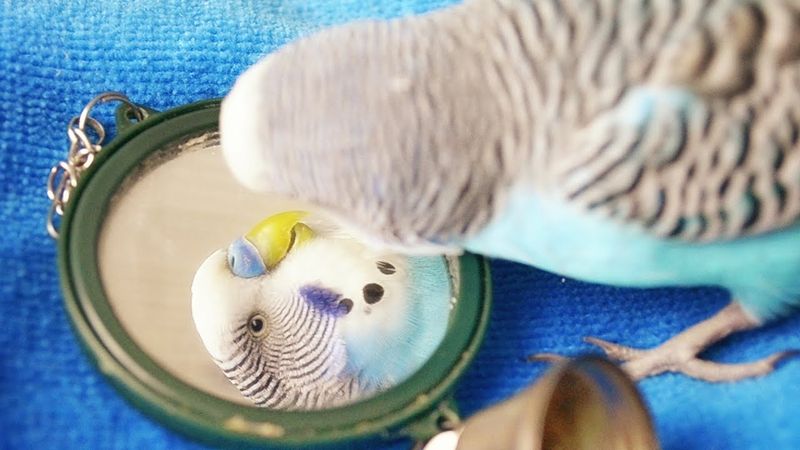
Parakeets are known for their love of mirrors, but an obsession can indicate loneliness. Constant interaction with their reflection might suggest a lack of social interaction or boredom. Though it provides some comfort, it can also lead to frustration when the ‘companion’ doesn’t respond.
Owners of parakeets should ensure they have sufficient social opportunities or companionship. Enhancing their environment with real social interaction can better fulfill their needs, reducing the reliance on mirrors. Understanding such nuances helps improve parakeets’ quality of life.
13. Llama Vocalization Variances
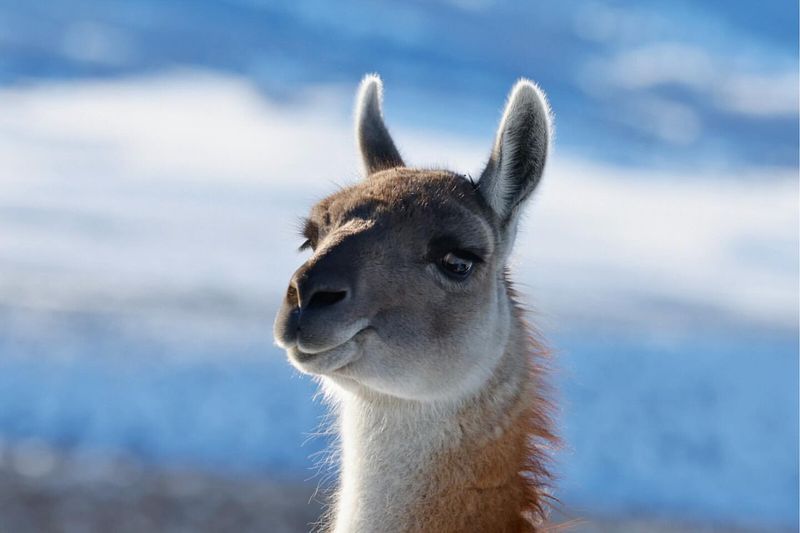
Llamas, typically quiet animals, sometimes exhibit unusual vocalizations. These sounds, ranging from hums to loud cries, might signal stress or discomfort. Changes in their environment often trigger this behavior, suggesting sensitivity to their surroundings.
It may also indicate a need for attention or anxiety about their herd. Owners can help by maintaining a stable environment and monitoring for any new stressors. Understanding these vocal cues is vital to ensuring llamas’ psychological comfort and happiness.

